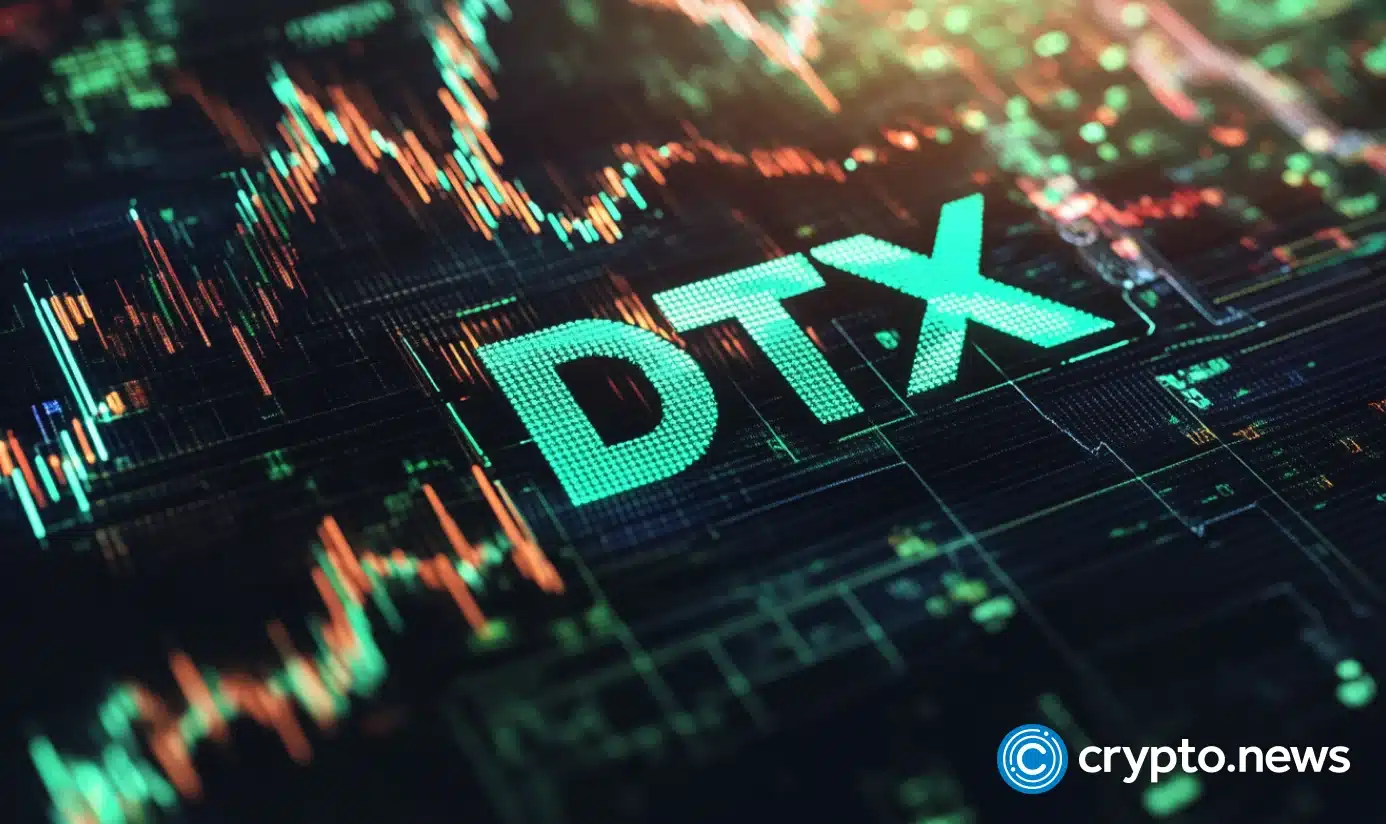On Oct. 31, Stephen Mollah held a much-anticipated event at London’s Front Line Club, where he claimed to reveal himself as Satoshi Nakamoto, the elusive creator of Bitcoin. However, instead of providing convincing evidence, the event became a spectacle of surreal claims and eccentric statements, leaving attendees dubious about Mollah’s credibility.
The Front Line Club clarified it had no affiliation with Mollah or the event, distancing itself from the unusual gathering. Nonetheless, around a dozen journalists attended, paying roughly $644 (500 British pounds) each for the opportunity to meet Mollah, who promised to prove his identity as the Bitcoin founder. BBC News reporter Joe Tidy, one of the attendees, shared the event details in real-time through a series of tweets on X (formerly Twitter).
Tidy described an unusual & strange setup. The strangeness of the event continued as the event’s co-organizer, Charles Anderson, took the stage, beginning his monologue with an unconventional microphone test and proceeding to make off-topic claims, such as inventing “energy recovery systems” in cars and appearing on “Britain’s Got Talent”. Witnesses reported that one journalist had already walked out by this point.
When Mollah finally took the stage after a lengthy 40-minute delay, he appeared dressed in an eccentric style that Tidy likened to a grandfatherly look. Mollah tried to establish himself as an all-rounder talented person in various fields, including business, economics, and monetary science, ultimately claiming that he was Satoshi Nakamoto. His assertion, however, did little to persuade the audience, particularly as he went on to make a series of implausible claims. According to representatives from BitMEX Research, Mollah stated he was not only the creator of Bitcoin but also credited himself with designing the Twitter logo, creating the Eurobond, and even developing the so-called “ChatGPT protocol.”
When people pressed him to provide proof of his identity as Nakamoto, Mollah produced screenshots of posts allegedly made by Nakamoto on Bitcoin forums nearly 16 years ago. However, as Tidy pointed out, such screenshots are relatively easy to falsify, and Mollah’s claim that the posts were “timestamped” with “paper copies” did little to lend credibility.
In a final attempt to verify Mollah’s claims, Tidy asked if he could transfer funds from Nakamoto’s “Genesis coins,” a stash of Bitcoin mined by Nakamoto in 2009 and widely regarded as definitive proof of the creator’s identity. Mollah responded by stating that he did not have access to the private keys for these early wallets, explaining that the keys had been divided into eight parts and stored on computers around the world. He claimed he had split the keys to avoid hacking attempts, citing groups that were supposedly trying to access his devices to obtain the alleged crypto fortune.
Ultimately, the event did little to validate Mollah’s claims and left attendees with more questions than answers. Tidy described the event as “hilarious and heart-breaking,” capturing the sentiment of the audience, who found Mollah’s claims far from credible.
Read also: CZ Declines Future CEO Role at Binance, Even If U.S. Approval Is Granted

















 English (US) ·
English (US) ·